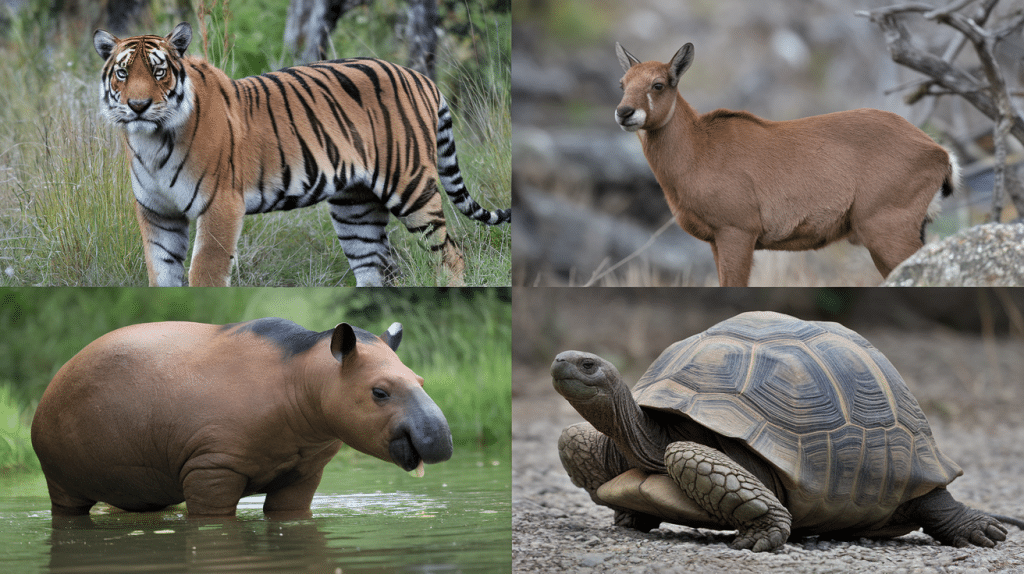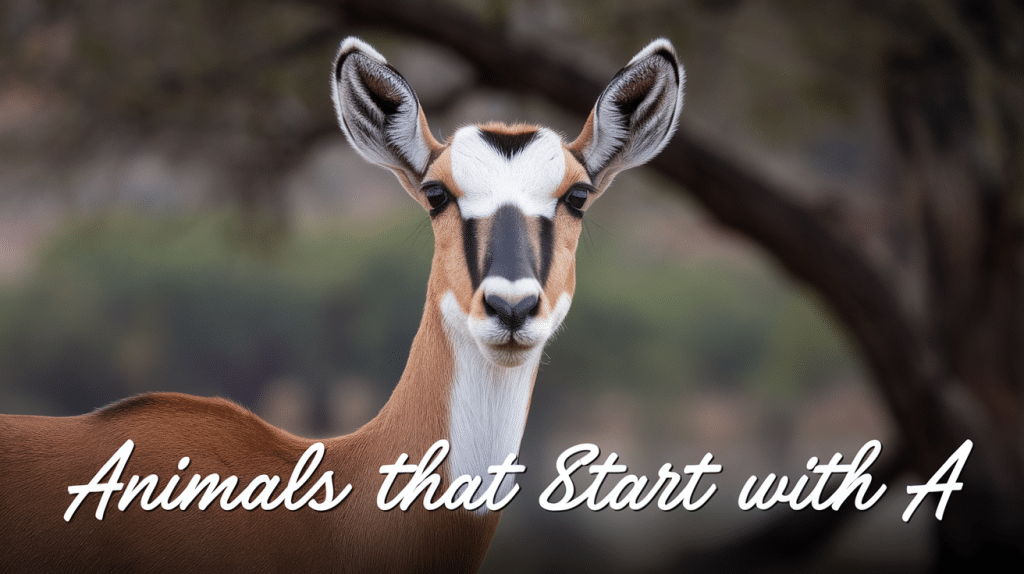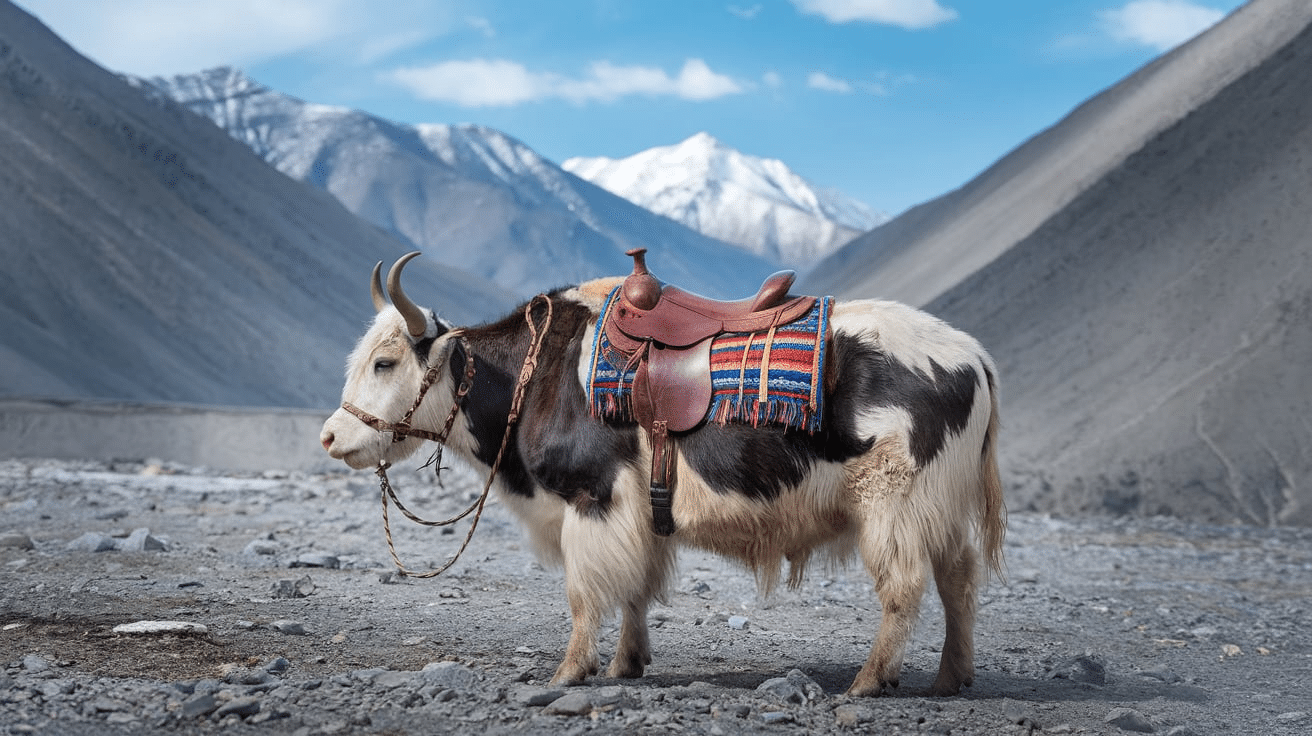Now Reading: 360 Animals That Start With S: List and Fun Facts
-
01
360 Animals That Start With S: List and Fun Facts
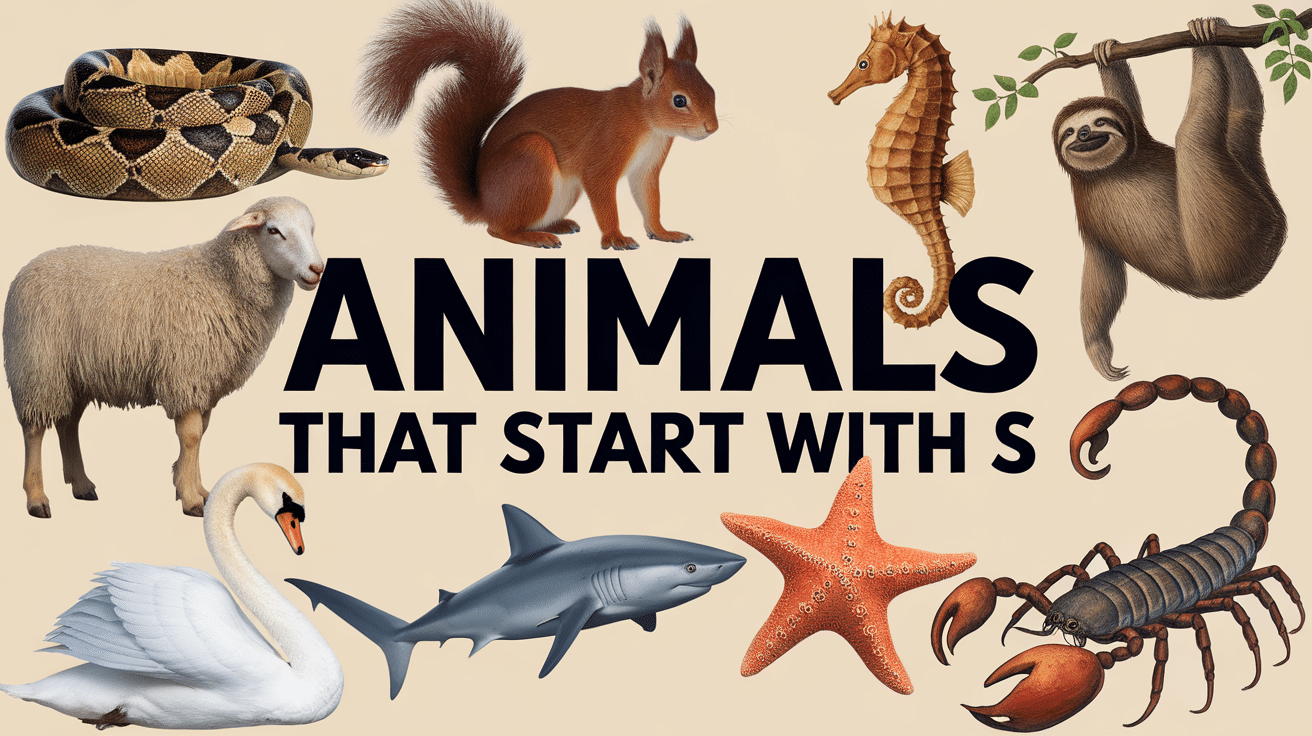
360 Animals That Start With S: List and Fun Facts
Have you ever watched a squirrel dash across your backyard or heard a snake slither through tall grass?
The world of animals that start with ‘S’ is filled with creatures that spark our curiosity and imagination!
From swift swimmers in the ocean to silent hunters in the forest, these animals have incredible stories to share.
Some might be your everyday neighbors, while others live in far-off places, waiting to be learned about.
Whether you’re interested in the sneaky skills of spiders, the strength of snow leopards, or the smarts of sea otters, you’re in for a treat!
Join us as we meet some of nature’s most surprising ‘S’ animals and learn what makes each one special. Let’s look at these wonderful creatures together!
Popular Names
1. Snake
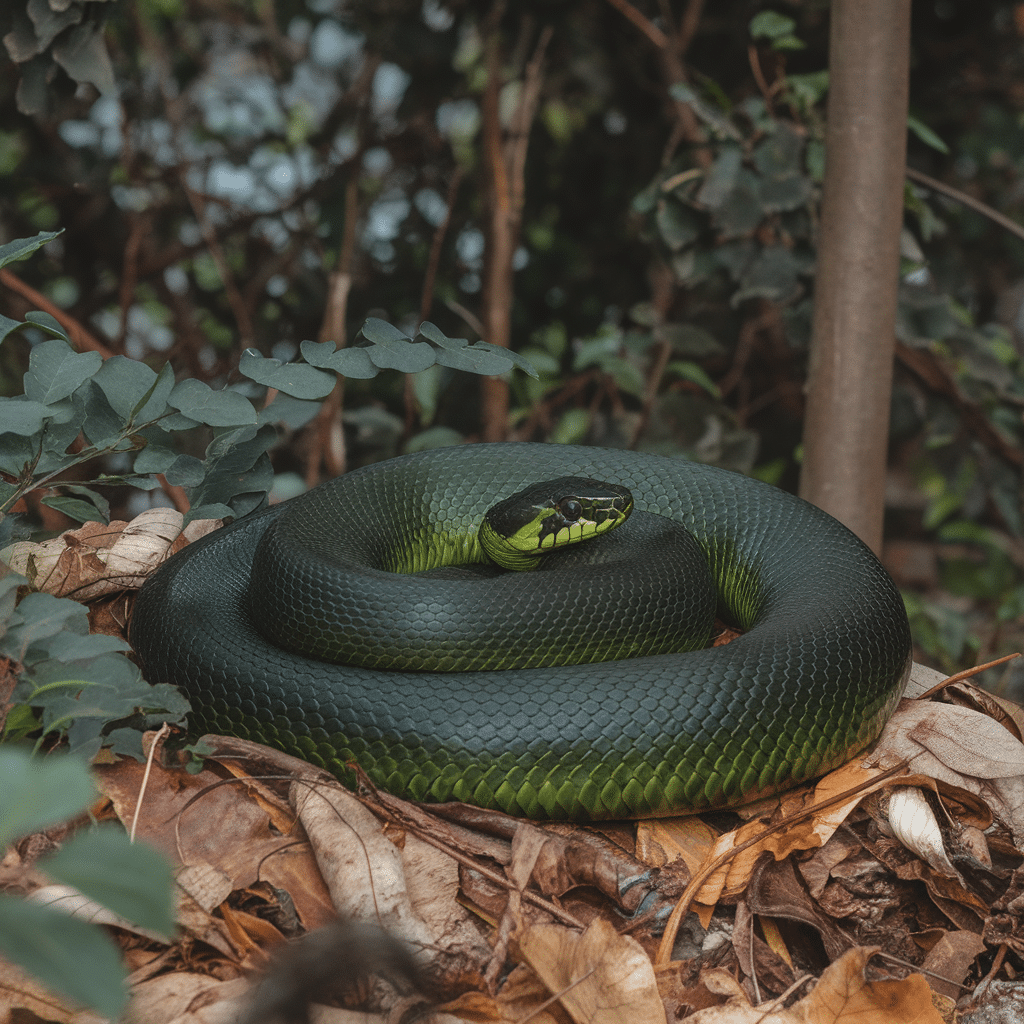
A long, legless reptile with a flexible, scaly body and a forked tongue. It has lidless eyes and can vary in color, size, and patterns.
Origin: Found worldwide except in Antarctica.
Habitat: Forests, deserts, grasslands, swamps, and water bodies.
Scientific Name: Serpentes (various species).
Fun Facts:
- Some snakes can unhinge their jaws to swallow prey larger than their heads.
- Not all snakes are venomous; many rely on constriction to subdue prey.
2. Squirrel
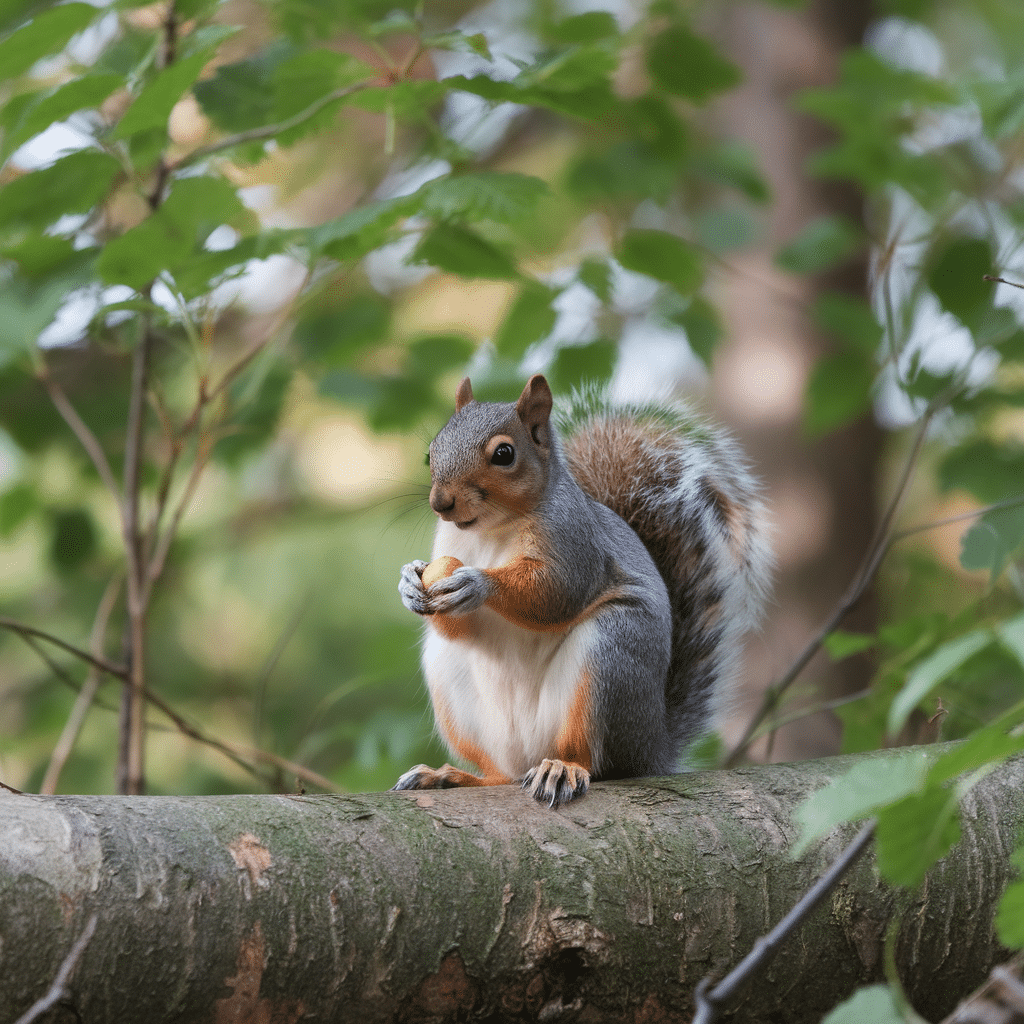
A small, furry rodent with a bushy tail, sharp claws, and large, bright eyes. Its coat color ranges from gray to brown, red, or black.
Origin: Native to North and South America, Europe, Asia, and Africa.
Habitat: Forests, parks, urban areas, and grasslands.
Scientific Name: Sciuridae (various species).
Fun Facts:
- Squirrels can rotate their ankles 180 degrees to climb down trees headfirst.
- They bury nuts to store food but often forget them, helping trees grow.
3. Seahorse
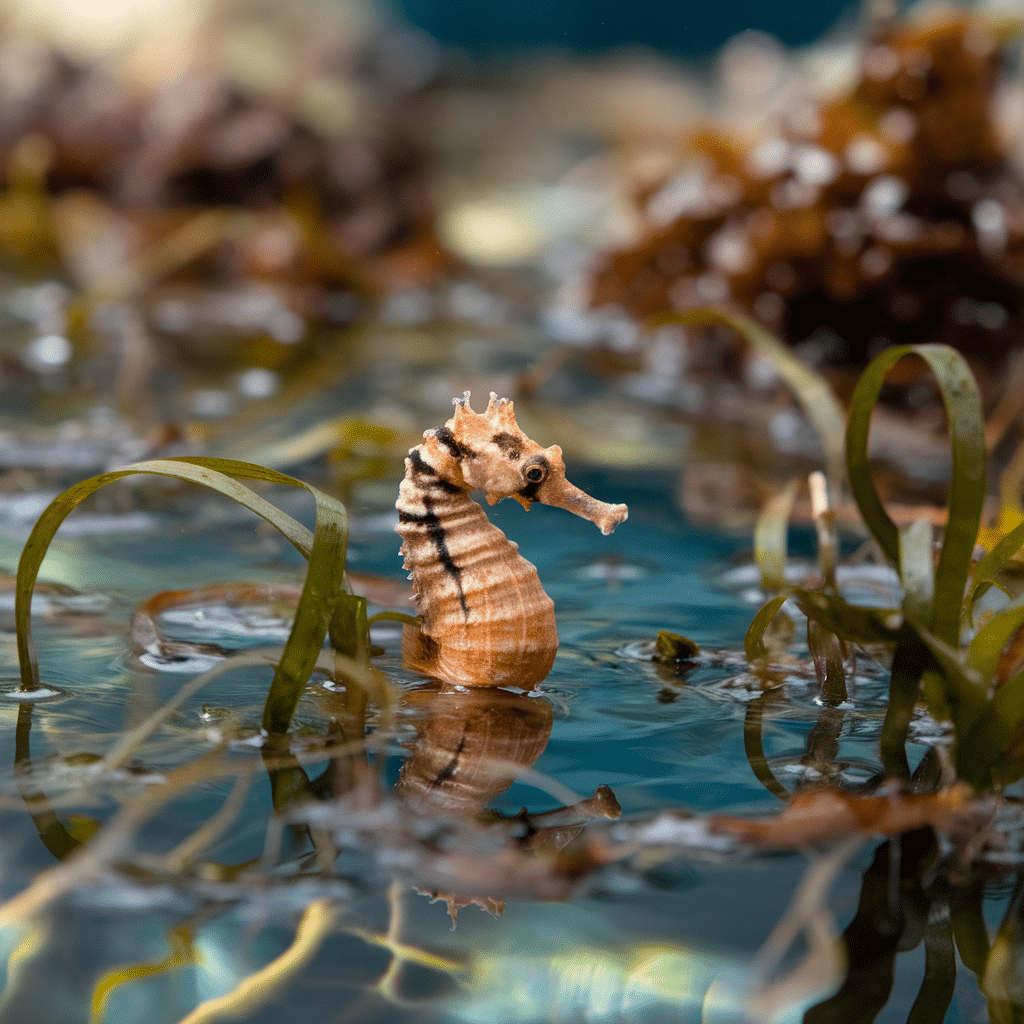
A tiny, upright fish with a curled tail, elongated snout, and bony plates instead of scales. It has a horse-like head and swims using small dorsal fins.
Origin: Found in coastal waters worldwide.
Habitat: Coral reefs, seagrass beds, and mangroves.
Scientific Name: Hippocampus (various species).
Fun Facts:
- Male seahorses carry and give birth to their young.
- They have no stomachs, so they must eat constantly to survive.
4. Sheep
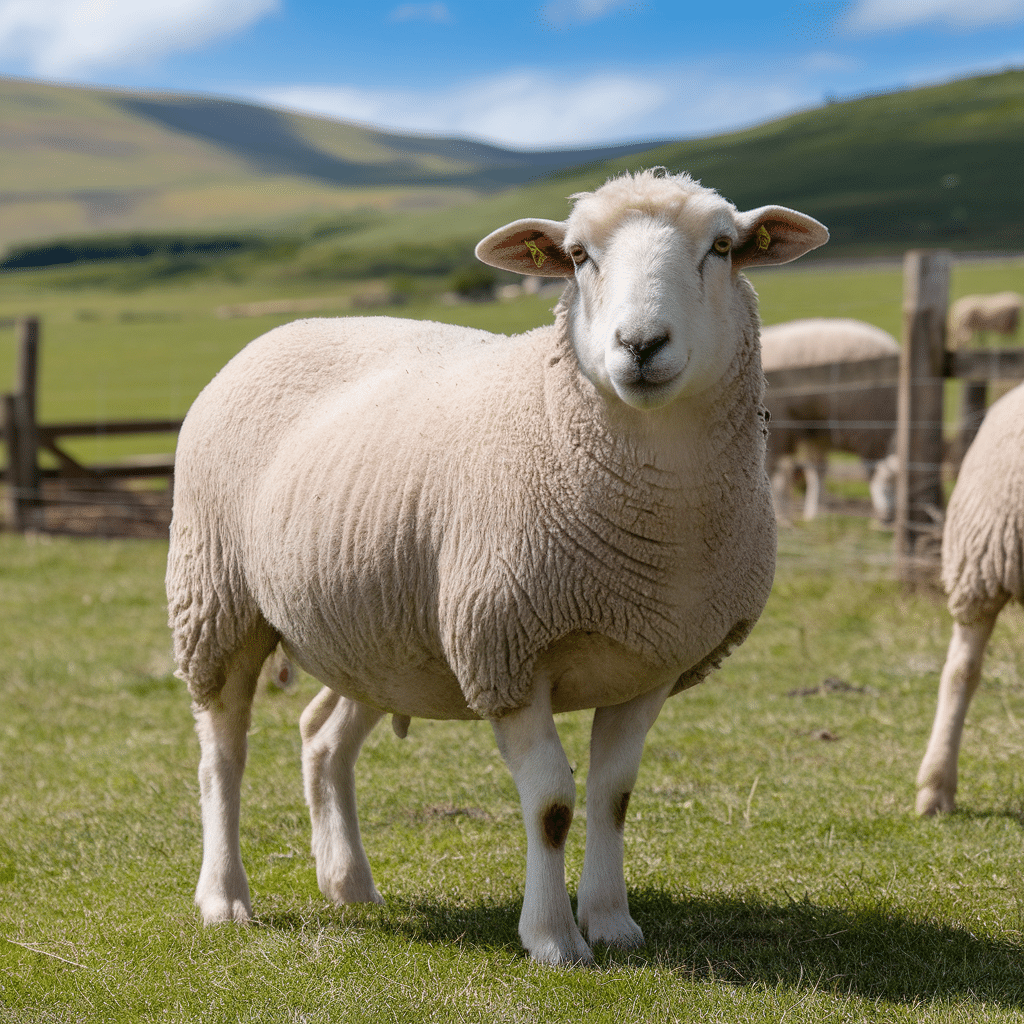
A medium-sized, woolly mammal with a sturdy body, cloven hooves, and curved or spiral horns in some species. Its coat is thick and fluffy, used for insulation.
Origin: Domesticated from wild sheep in the Middle East and Asia.
Habitat: Grasslands, mountains, and farmlands.
Scientific Name: Ovis aries
Fun Facts:
- Sheep can recognize up to 50 different faces of other sheep and humans.
- Their wool keeps growing continuously, requiring regular shearing.
5. Sloth
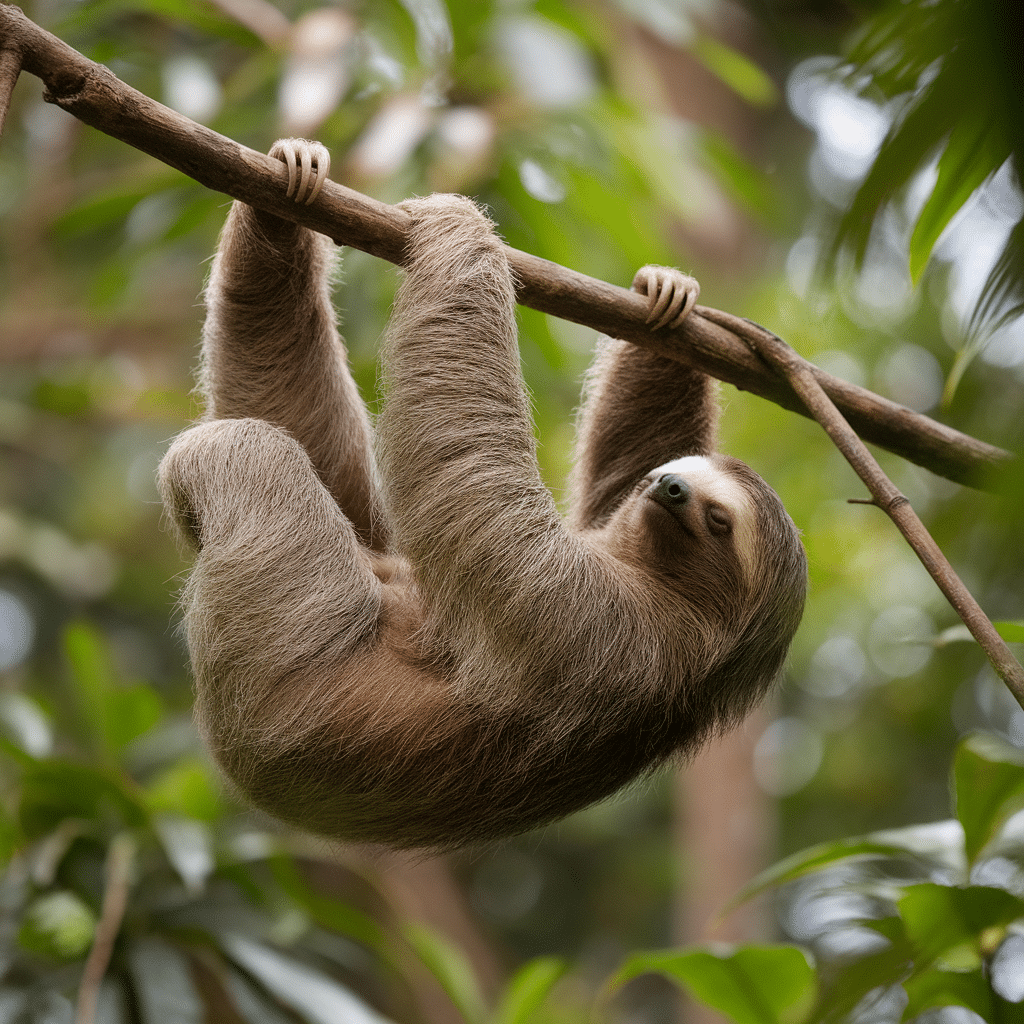
A slow-moving mammal with long, curved claws, a short snout, and shaggy fur that often hosts algae, giving it a greenish tint.
Origin: Native to Central and South America.
Habitat: Tropical rainforests and dense tree canopies.
Scientific Name: Folivora (various species).
Fun Facts:
- Sloths can turn their heads 270 degrees due to extra neck vertebrae.
- They only come down from trees once a week to defecate.
6. Swan
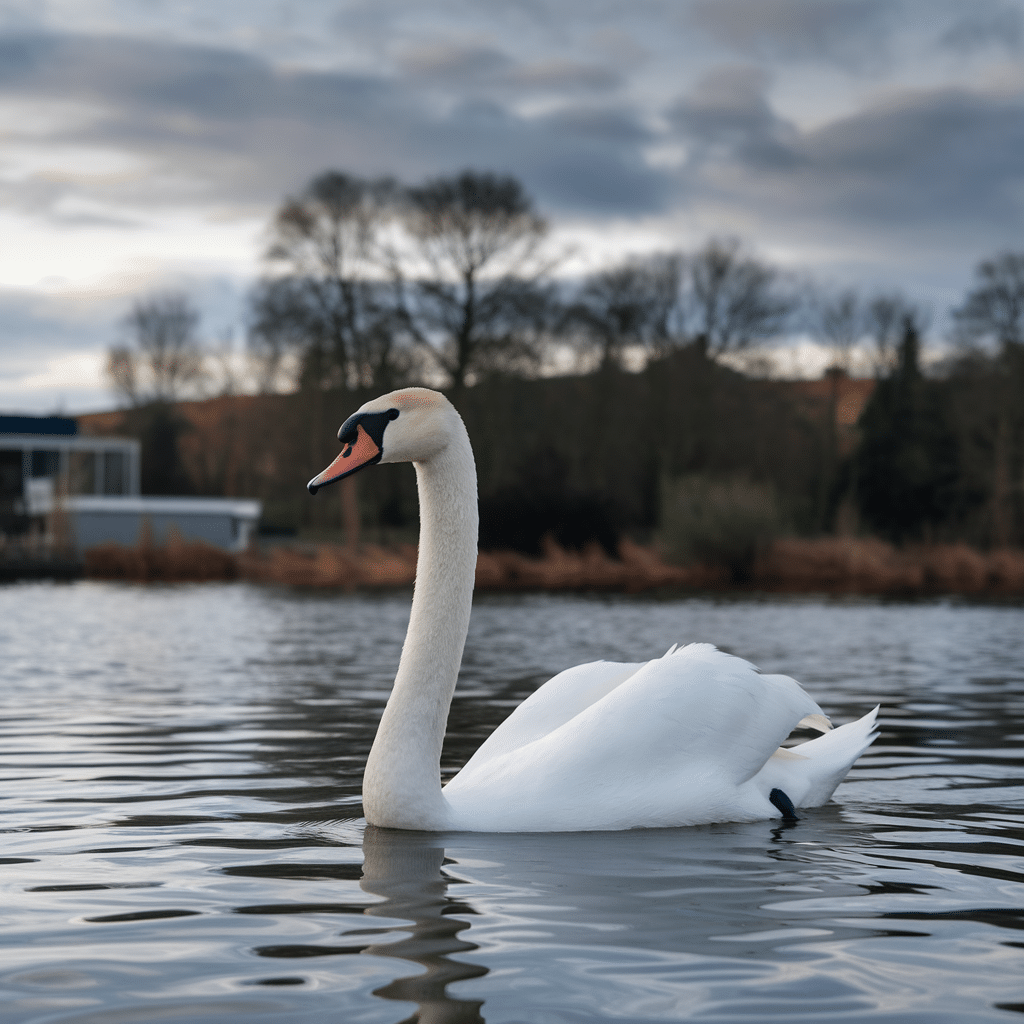
A large, elegant bird with a long, curved neck, broad wings, and white or black feathers. It has a strong beak and webbed feet for swimming.
Origin: Native to North America, Europe, Asia, and Australia.
Habitat: Lakes, rivers, ponds, and wetlands.
Scientific Name: Cygnus (various species).
Fun Facts:
- Swans mate for life and are known for their strong pair bonds.
- They can be aggressive when protecting their nests and young.
7. Starfish
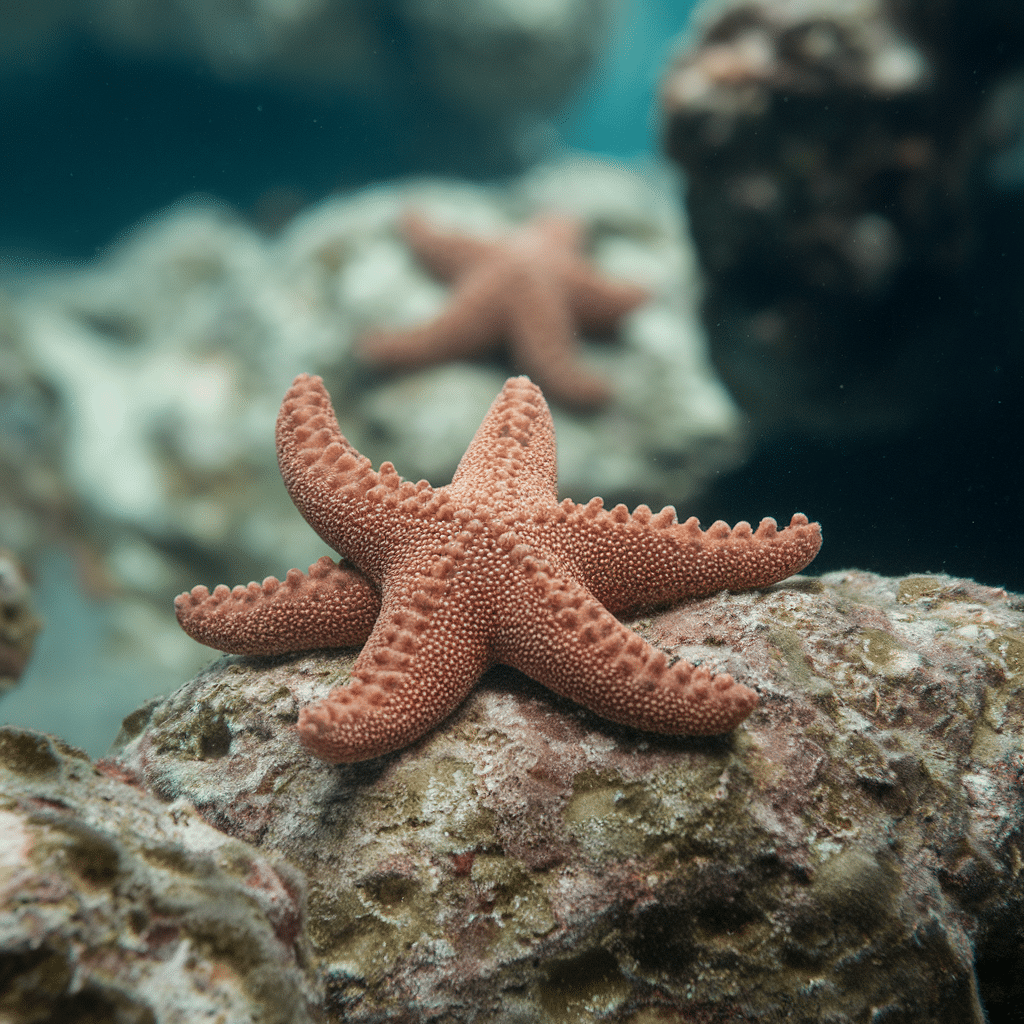
A marine invertebrate with a star-shaped body, rough-textured skin, and five or more flexible arms lined with tube feet.
Origin: Found in oceans worldwide.
Habitat: Shallow coastal waters, coral reefs, and deep-sea environments.
Scientific Name: Asteroidea (various species).
Fun Facts:
- Starfish can regenerate lost arms, sometimes growing an entirely new body.
- They have no brain but use their nerve system to detect prey and surroundings.
8. Shark
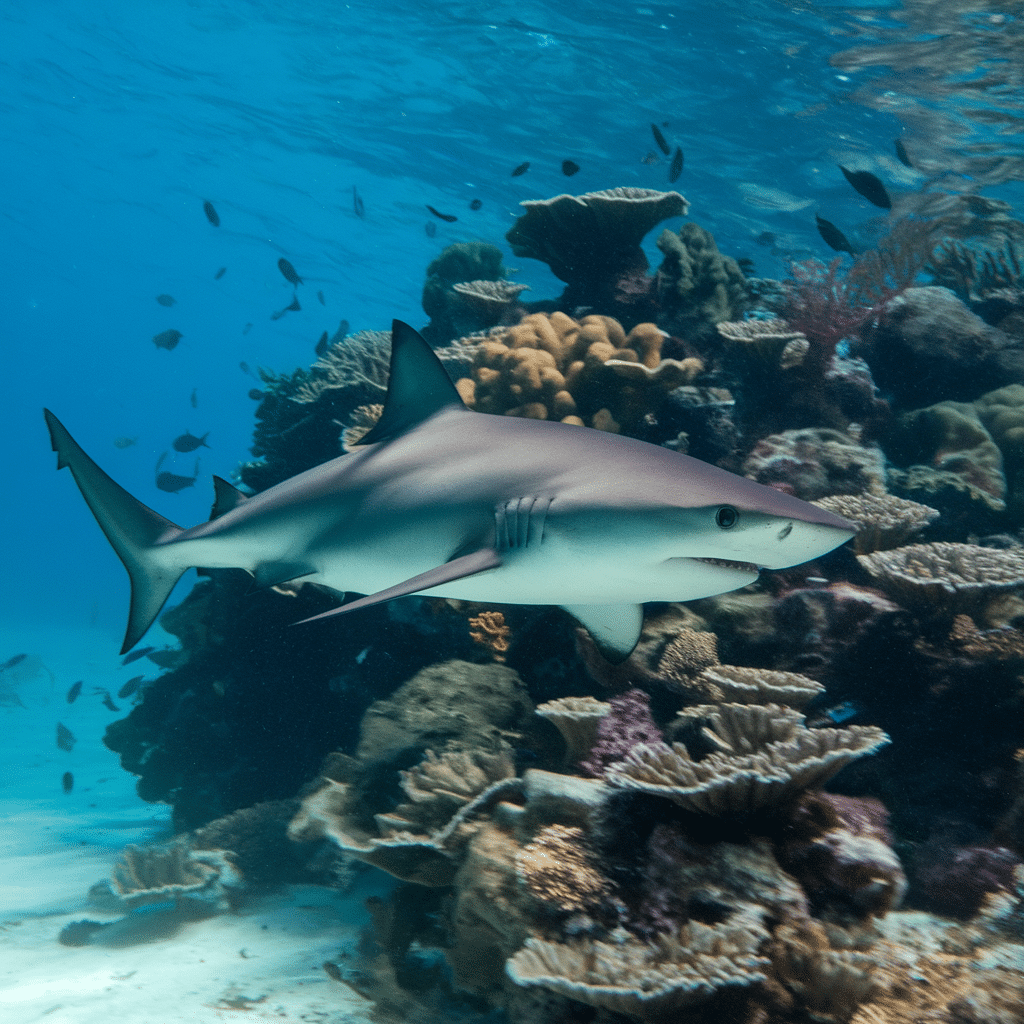
A large, cartilaginous fish with a streamlined body, sharp teeth, and a strong, muscular tail. It has multiple rows of teeth and keen sensory organs.
Origin: Found in oceans worldwide, from coastal waters to deep seas.
Habitat: Open ocean, coral reefs, and deep-sea trenches.
Scientific Name: Selachimorpha (various species).
Fun Facts:
- Sharks have been around for over 400 million years, predating dinosaurs.
- Their teeth continuously grow and replace throughout their lifetime.
9. Scorpion
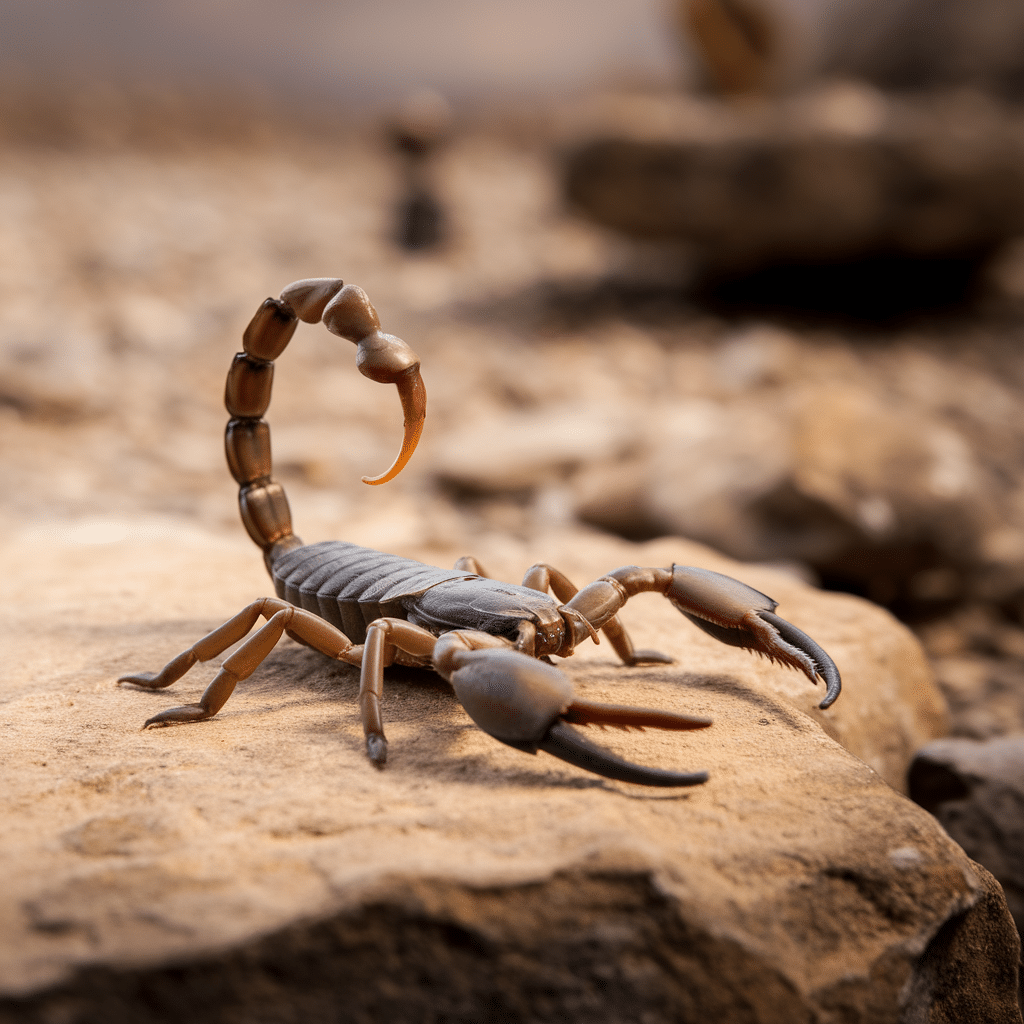
A small arachnid with a segmented tail ending in a venomous stinger, eight legs, and large pincers for grasping prey.
Origin: Found on every continent except Antarctica.
Habitat: Deserts, grasslands, forests, and rocky areas.
Scientific Name: Scorpiones (various species).
Fun Facts:
- Scorpions glow under ultraviolet light due to special compounds in their exoskeleton.
- They can survive extreme conditions, including radiation and starvation for months.
10. Skunk
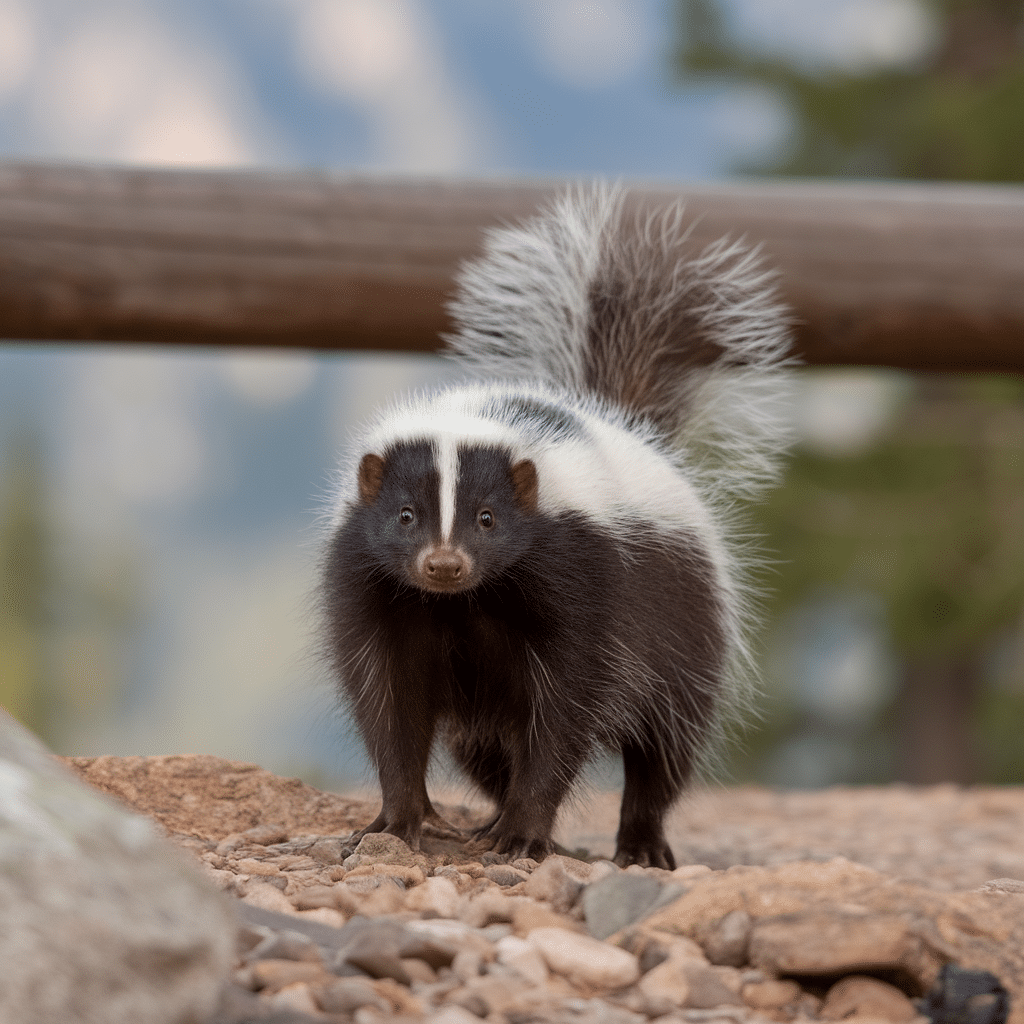
A small, black-and-white mammal with a bushy tail, short legs, and scent glands that release a strong-smelling spray for defense.
Origin: Native to North and South America.
Habitat: Forest edges, grasslands, and suburban areas.
Scientific Name: Mephitidae (various species).
Fun Facts:
- Skunks can accurately spray their foul-smelling liquid up to 10 feet.
- Their bold black-and-white coloration warns predators to stay away.
11. Stork
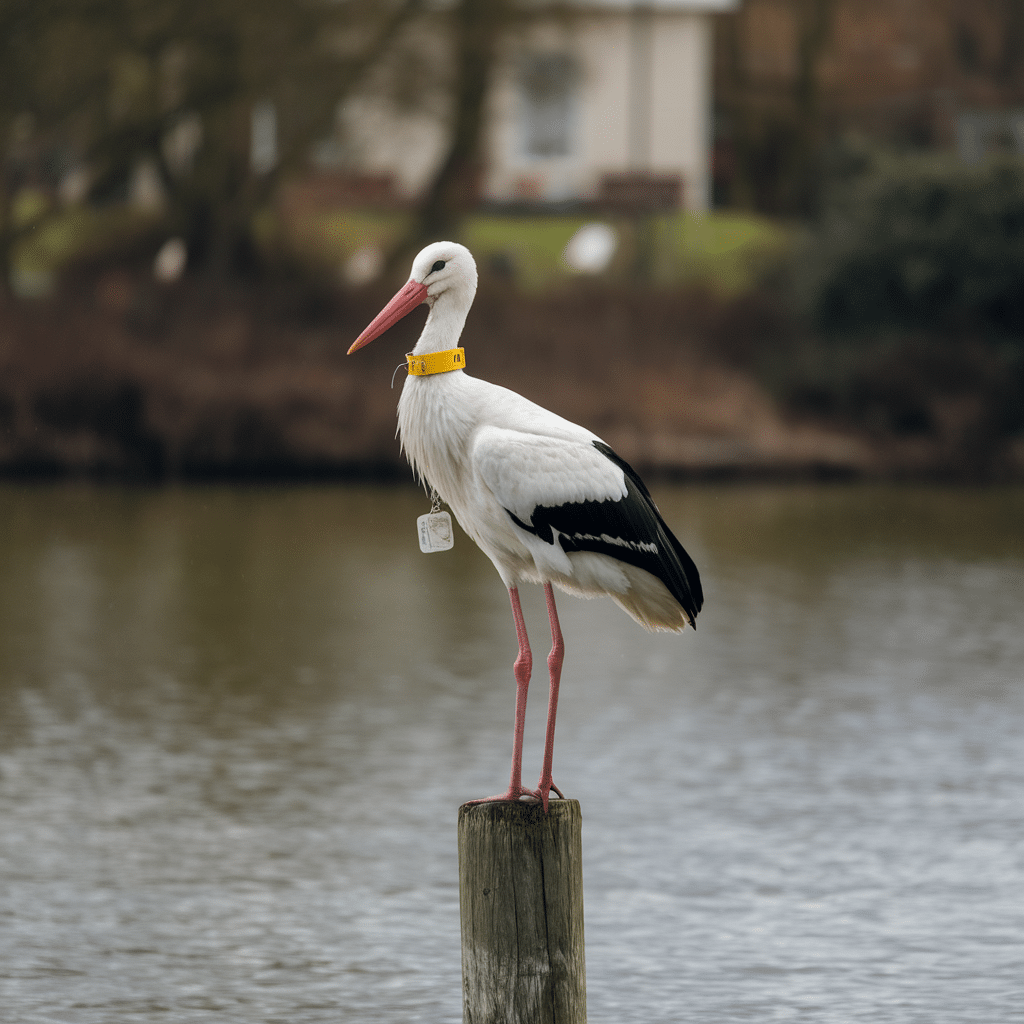
A tall, long-legged bird with a long, pointed beak and large wings. It has mostly white or black feathers and a slow, graceful flight.
Origin: Native to Europe, Africa, Asia, and the Americas.
Habitat: Wetlands, marshes, and riverbanks.
Scientific Name: Ciconiidae (various species).
Fun Facts:
- Storks are known for their silent nature, often communicating through bill clattering.
- Some species migrate thousands of miles between seasons.
12. Spider
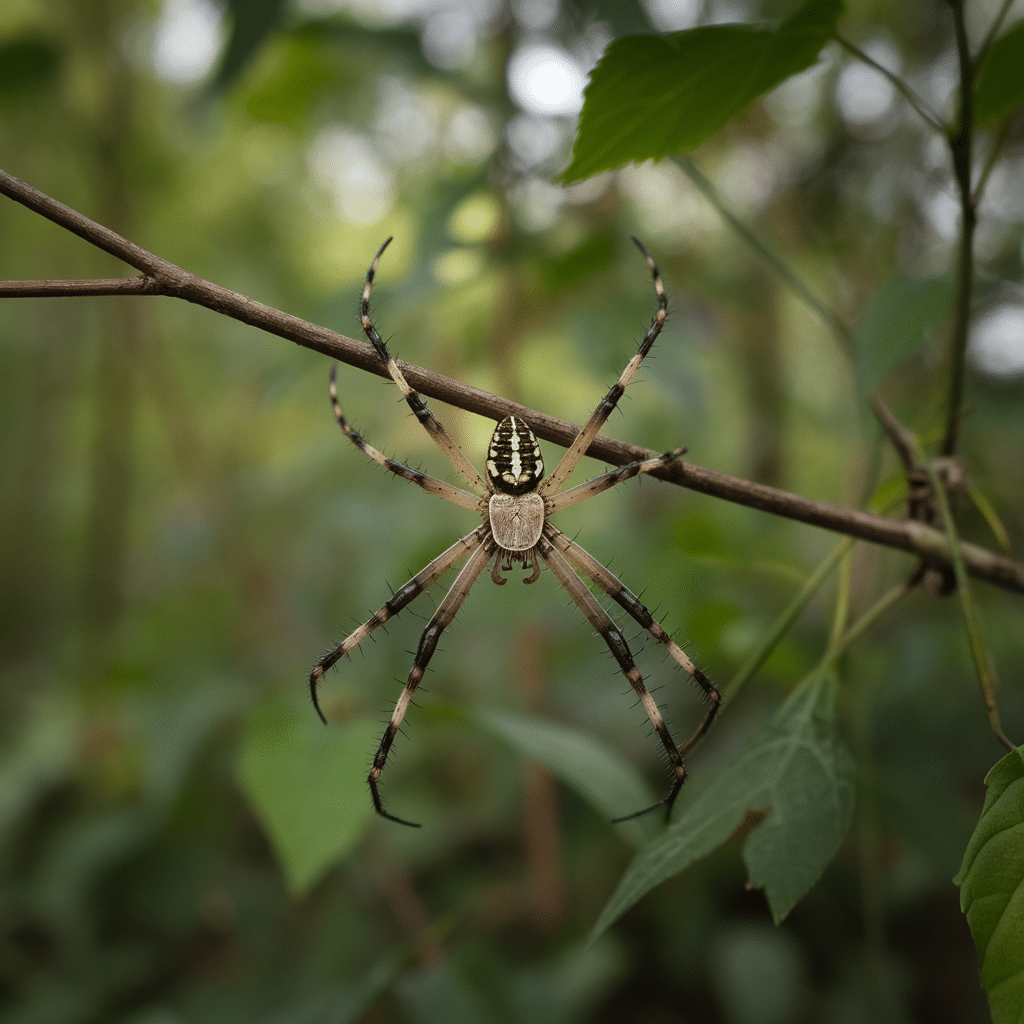
An eight-legged arachnid with a segmented body, two fangs for injecting venom, and silk-spinning organs for weaving webs.
Origin: Found worldwide in nearly every habitat.
Habitat: Forests, deserts, grasslands, caves, and urban areas.
Scientific Name: Araneae (various species).
Fun Facts:
- Some spiders can jump several times their body length.
- Their silk is stronger than steel of the same thickness.
13. Snow Leopard
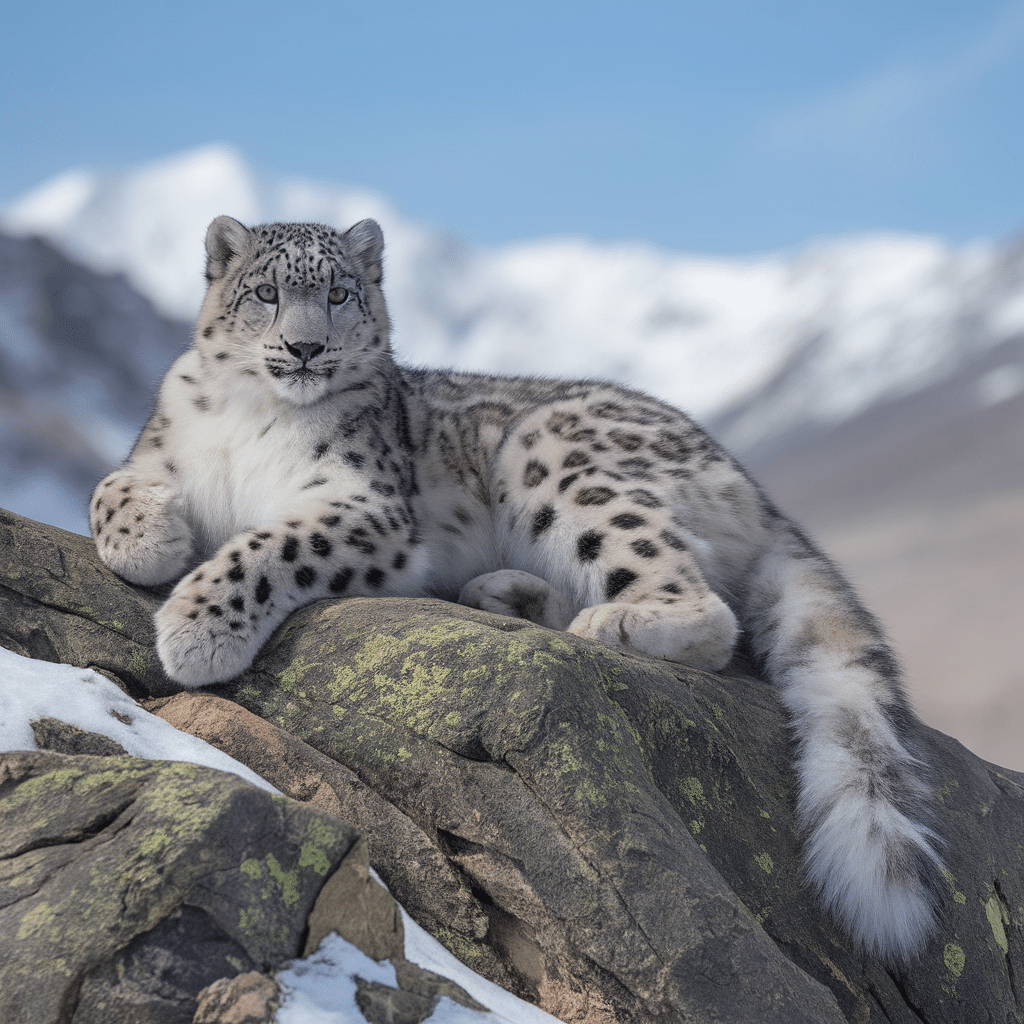
A large wild cat with thick, pale gray fur, black rosettes, and a long, bushy tail for balance and warmth.
Origin: Native to Central and South Asia.
Habitat: High-altitude mountain ranges and rocky slopes.
Scientific Name: Panthera uncia
Fun Facts:
- Snow leopards can leap up to 50 feet in a single bound.
- They have large nasal cavities to warm cold mountain air before breathing.
14. Stingray
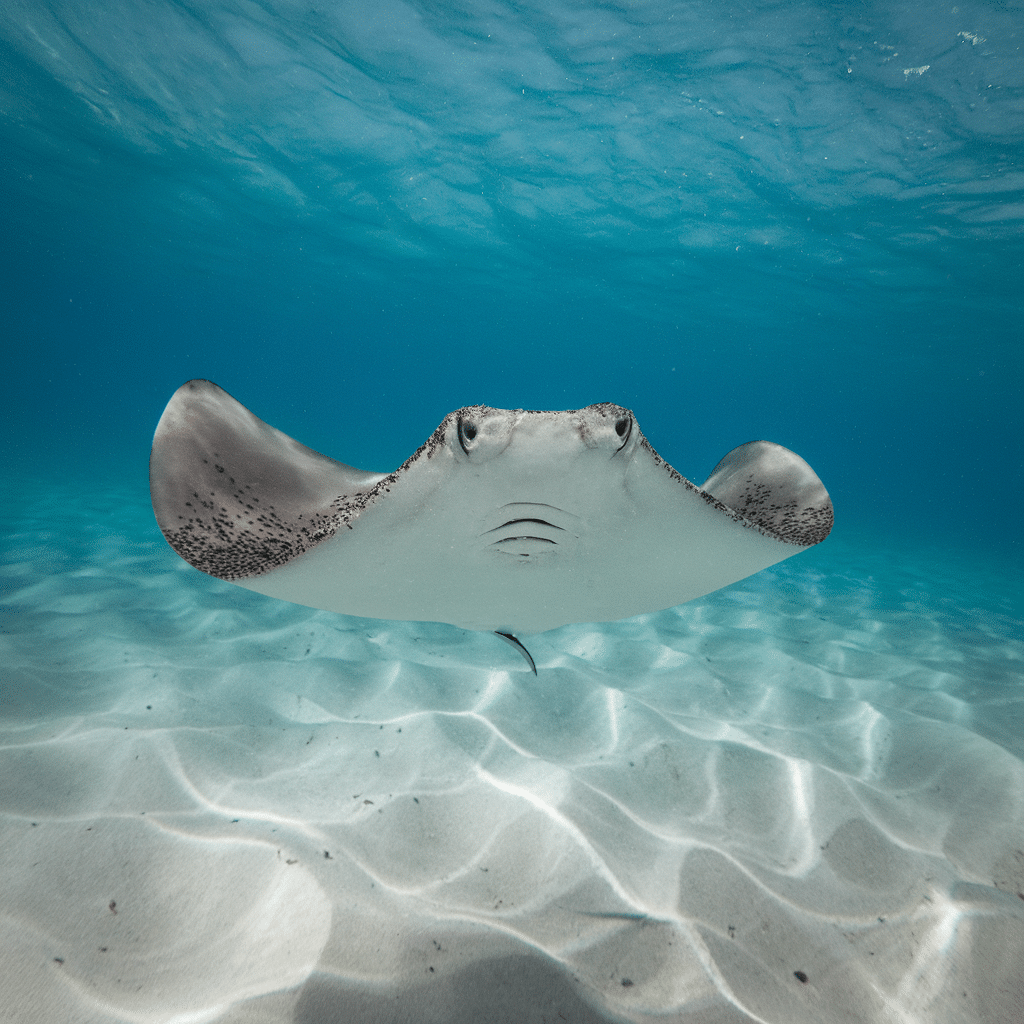
A flat-bodied fish with a diamond or circular shape, smooth skin, and a long, whip-like tail equipped with venomous barbs.
Origin: Found in tropical and subtropical oceans worldwide.
Habitat: Coastal waters, sandy sea floors, and coral reefs.
Scientific Name: Myliobatoidei (various species).
Fun Facts:
- Stingrays use electroreceptors to detect prey hidden under the sand.
- They bury themselves in the sand to hide from predators.
15. Salamander
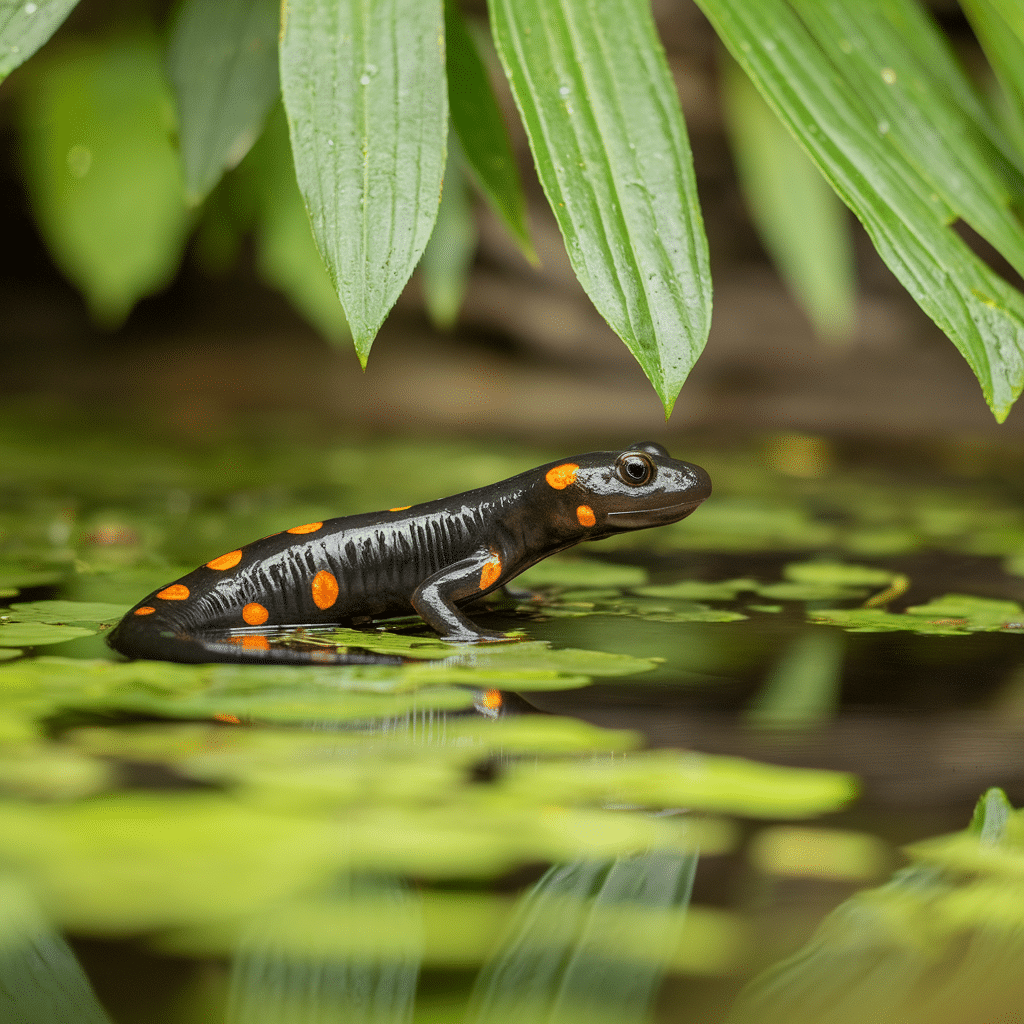
A slender, amphibious creature with a long tail, smooth moist skin, and short limbs. Some species have vibrant colors as a warning to predators.
Origin: Found in North America, Europe, and Asia.
Habitat: Damp forests, wetlands, and freshwater streams.
Scientific Name: Caudata (various species).
Fun Facts:
- Some salamanders can regenerate lost limbs and even parts of their heart.
- Unlike frogs, most salamanders keep their tails throughout their life.
Rare Animals
- Saiga Antelope
- Saker Falcon
- Sand Cat
- Sand Dollar
- Sandhill Crane
- Sarus Crane
- Satanic Leaf-Tailed Gecko
- Sawfish
- Say’s Phoebe
- Scarlet Macaw
- Scarlet Tanager
- Scimitar-horned Oryx
- Scalloped Hammerhead Shark
- Schlegel’s Asity
- Scimitar Babbler
- Scorpionfish
- Screech Owl
- Scribbled Angelfish
- Secretary Bird
- Sei Whale
- Siberian Ibex
- Siberian Jay
- Siberian Tiger
- Silky Anteater
- Silky Shark
- Silver Pheasant
- Silverfish
- Sind Sparrow
- Sixgill Shark
- Skua
- Slaty Egret
- Slender-Billed Gull
- Slender Loris
- Slender Snouted Crocodile
- Small Indian Civet
- Small Spotted Catshark
- Smoky Jungle Frog
- Snail Kite
- Snapping Turtle
- Snow Bunting
- Snow Petrel
- Snowy Owl
- Sockeye Salmon
- Softshell Turtle
- Solenodon
- Somali Ostrich
- Song Sparrow
- Sooty Albatross
- Sooty Owl
- Sooty Shearwater
- Southern Cassowary
- Southern Elephant Seal
- Southern Right Whale
- Southern Rockhopper Penguin
- Southern Tamandua
- Spectacled Bear
- Spectacled Owl
- Spiny Dogfish
- Spiny Orb-Weaver Spider
- Spiny Softshell Turtle
- Spix’s Macaw
- Spoonbill
- Spotted Hyena
- Spotted Lanternfly
- Spotted Salamander
- Spotted Turtle
- Spring Peeper
- Springbok
- Spur-Winged Goose
- Spur-Winged Lapwing
- Squacco Heron
- Squat Lobster
- Sri Lankan Junglefowl
- Sri Lankan Leopard
- Staghorn Coral
- Steller’s Jay
- Steller’s Sea Eagle
- Steller’s Sea Lion
- Stick Insect
- Stink Bug
- Stokes’ Sea Snake
- Stone Curlew
- Stonefish
- Striped Bass
- Striped Hyena
- Striped Rocket Frog
- Striped Skunk
- Sugar Glider
- Sulawesi Bear Cuscus
- Sulawesi Babirusa
- Sulphur-Crested Cockatoo
- Sulphur-Bellied Warbler
- Sumatra Spitting Cobra
- Sumatran Elephant
- Sumatran Orangutan
- Sumatran Rhinoceros
- Sumatran Tiger
- Sun Bear
- Sunbird
- Sunda Colugo
- Sunda Pangolin
- Sunda Slow Loris
- Sunfish
- Swainson’s Hawk
- Swainson’s Thrush
- Swallow
- Swallow-Tailed Kite
- Swamp Deer
- Swamp Wallaby
- Swamp Sparrow
- Swan Goose
- Swordfish
- Syrian Brown Bear
- Syrian Hamster
- Sabine’s Gull
- Saddleback Clownfish
- Saddled Bichir
- Saddleback Tamarin
- Saharan Horned Viper
- Saint Lucia Racer
- Sakhalin Taimen
- Sambar Deer
- Samoan Fruit Bat
- San Joaquin Kit Fox
- Sand Lizard
- Sandbar Shark
- Sandfish Skink
- Sardine
- Sarawak Surili
- Sargassum Fish
- Satin Bowerbird
- Savannah Monitor
- Savanna Hawk
- Savu Python
- Scarlet Ibis
- Scarlet Kingsnake
- Scimitar Oryx
- Scissortail Sergeant
- Scrawled Filefish
- Sea Anemone
- Sea Cucumber
- Sea Dragon
- Sea Lamprey
- Sea Otter
- Sea Raven
- Sea Robin
- Sea Slug
- Sea Snake
- Sea Urchin
- Sechuran Fox
- Secret Toadhead Agama
- Senegal Coucal
- Senegal Parrot
- Senegal Thick-Knee
- Serengeti Cat
- Seychelles Paradise Flycatcher
- Shaggy Frogfish
- Shama Thrush
- Shiny Cowbird
- Shovelnose Guitarfish
- Siberian Crane
- Siberian Flying Squirrel
- Sicklefin Lemon Shark
- Sierra Leone Crab
- Sierra Nevada Red Fox
- Sikkim Wedge-Billed Babbler
- Silver Arowana
- Silver Gull
- Silverside Fish
- Singing Quail
- Siren Salamander
- Six-Plated Armadillo
- Skate Fish
- Skipper Butterfly
- Skylark
- Slaty-Backed Gull
- Small-Spotted Catshark
- Smoky Mouse
- Smooth Hammerhead Shark
- South American Coati
- South Island Piopio
- Southern Bald Ibis
- Southern Brown Kiwi
- Southern Pudu
- Sunda Clouded Leopard
- Surinam Toad
- Swallowtail Butterfly
- Swinhoe’s Storm Petrel
- Sword-Billed Hummingbird
- Swordtail Fish
- Syrian Spadefoot Toad
- Syngnathus Pipefish
- Szechenyi’s Monal-Partridge
- Sabre-Toothed Blenny
- Staghorn Beetle
- Seychelles Wolf Snake
- Sinai Agama
- Siberian Weasel
- Subantarctic Fur Seal
- Saint Helena Plover
- Sable
- Salamanderfish
- Saltwater Crocodile
- Sand Grouse
- Sandfly
- Sardinian Shrew
- Scaly-foot Snail
- Scaly-breasted Munia
- Scaup
- Scherff’s Bat
- Sclater’s Monkey
- Scorpion-tailed Dragon
- Scottish Terrier
- Sea Bass
- Sea Elephants
- Sea Fan Coral
- Sea Horse
- Sea Lion
- Sea Spider
- Sea Squirt
- Seahorse Wrasse
- Seals
- Seabird
- Sea Cucumber
- Sea Worm
- Sebastes
- Secale (Barley)
- Sedum Leaf Beetle
- Senegalese Crocodile
- Senegambian Tortoise
- Sengi
- Serama Chicken
- Seraphim Fish
- Serpentine Cobra
- Serval
- Shad
- Shark Ray
- Sharptooth Catfish
- Sheepdog
- Sheepshead Fish
- Shellfish
- Shiba Inu
- Shih Tzu
- Shovel-nosed Catfish
- Shrimp
- Sidewinder Rattlesnake
- Siberian Tortoise
- Side-blotched Lizard
- Silkworm
- Skink
- Slow-worm
- Smelt
- Smew
- Snail
- Snakehead Fish
- Snow Leopard
- Speedster Mantis
- Spider Crab
- Spider Monkey
- Spoonsnail
- Sabre-Toothed Tiger
- Sacred Ibis
- Saddleback Seahorse
- Saffron Finch
- Salim Ali’s Fruit Bat
- Salmon Shark
- Sambava Madagascar Spider
- Sand Digger
- Sand Fly
- Sand Toad
- Sand Wasp
- Sandfish
- Sardinian Red Deer
- Scaly Dragonfish
- Scaup Duck
- Scelerophus
- Schlegel’s Asity
- Scimitar Horned Oryx
- Scimitar-billed Hummingbird
- Scissortail Flycatcher
- Sea Bream
- Sea Dolphin
- Sea Eagle
- Sea Eel
- Sea Goose
- Sea Krait
- Seaduck
- Seal
- Sealy
- Sepia Fish
- Serval Cat
- Shad Fish
- Shaggy Dog
- Shantou Duck
- Shaver’s Mill Chub
- Sheep Moth
- Sheep, Domestic
- Shelduck
- Shell Moth
- Shrimp Fish
- Sifaka
- Silkie Chicken
- Silkworm Moth
- Silver Carp
- Singing Finch
- Six-gill Shark
- Sloth Bear
- Sloop
- Sable Antelope
- Sabine’s Gull
- Sacred Scarab Beetle
- Saddlebill Stork
- Sage Grouse
- Saguaro Cactus Wren
- Salvin’s Albatross
- Sand Tiger Shark
- Sand Worm
- Sanderling
- Sandpiper
- Sassanid Horse
- Scaled Quail
- Scaly Ibis
- Scaly-Tailed Possum
- Scarlet Finch
- Scavenger Beetle
- Schipperke
- Scops Owl
- Scotch Collie
- Scrub Jay
- Sea Anemonefish
- Sea Dart
- Sea Hawk
- Sea Turtle
- Secretarybird
- Segregated Finch
- Seneca Snake
- Senegal Bullfrog
- Shovelnose Catfish
- Shumard Oak Snake
- Spadefoot Toad
- Spangled Drongo
- Speckled Sea Cucumber
- Sperm Whale
- Sphynx Cat
- Spiny Lobster
Wrapping Up!
From speedy squirrels to slow-moving sloths, our journey through the ‘S’ family of animals has shown us just how varied and wonderful nature can be.
These remarkable creatures remind us that our world is full of amazing surprises.
Whether they’re swimming deep in the ocean like seals, soaring high in the sky like swans, or sneaking through the grass like snakes, each animal has its own special way of living.
Next time you spot an animal that starts with ‘S’, you’ll know there’s an incredible story behind it.
Every creature we’ve met today helps make our world more interesting and beautiful.
Remember, these amazing animals share our planet, and knowing more about them helps us understand why we need to protect their homes and keep them safe.
Which ‘S’ animal surprised you the most?















